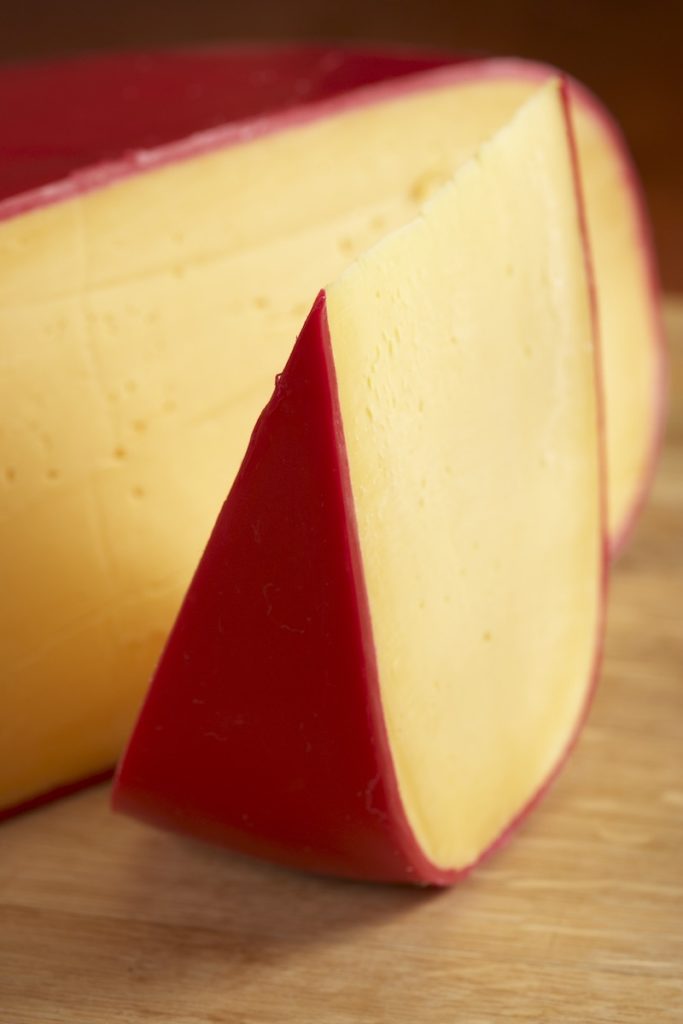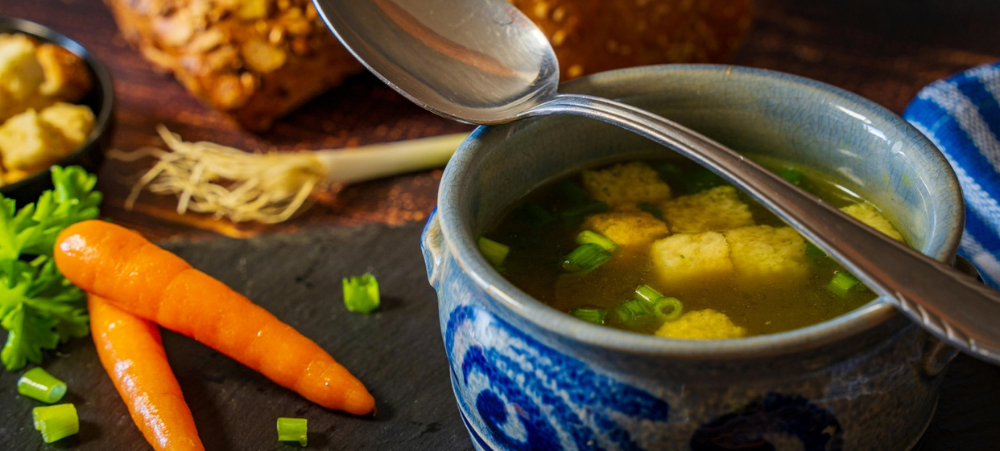Winter is approaching in this second year of the pandemic, and the ongoing threat of COVID infection combined with the advent of colds and flu season has us doubling down on the best ways to support immune function.
While no foods or dietary supplements can prevent COVID-19 infection, good nutrition plays a significant role in building a strong and healthy immune system. Wholesome dairy products play an important role in healthy diets, and this is why dairy is recommended by food-based dietary guidelines around the world. Evidence from ongoing research suggests that nutrient-rich dairy products can support a healthy immune system. These nutrients found in dairy, are important for optimal immune function:
- High-quality protein
- Vitamin A
- Zinc
- Selenium
- Vitamin B12
In addition, many fermented dairy products contain active bacterial cultures such as probiotics, which may support healthy gut microbiota. The gut microbiome plays an essential role in building and maintaining the immune system.

In our efforts to prevent sickness in the family, it makes sense to ensure that dairy is part of our daily eating regime. However, infrequent shopping trips due to COVID, as well as budget constraints may well be impacting on how much dairy is available in the home.
Rediscover Dairy has shared these hacks to help you easily get dairy in your family’s diet, at least three times a day, for less.
Dairy budget hacks
- Across the many dairy options available, there are quality products across a wide range of price points. If your budget has got tighter, check out the more affordable dairy ranges – you certainly don’t have to choose a luxury, or even mid-priced cheese to give your family a delicious cheesy meal or snack.
- Shop the specials and buy cheaper bulk or ‘two for one’ options whenever you can:
- Larger tubs of yoghurt often offer more value for money and can be decanted into smaller containers for a snack or lunchtime treat. Although yoghurt has a long fridge life, if you do find you have surplus it freezes well and makes fantastic healthy frozen treats, such as iced lollies for kids.
- Big blocks of hard cheeses such as cheddar and gouda usually offer good value for money. Grate it all before its use-by-date and freeze the surplus in smaller quantities for quick and easy use.
- Butter is frequently on special, enabling you to buy extra units which you can freeze.
Dairy storage hacks
Food waste is a major drain on the household budget, so actively prevent dairy foods from going to waste in your house through meal planning and proper storage.
- Fresh milk, fresh cream, sour cream, butter, maas, buttermilk, yoghurt and many cheeses can all be frozen so that they’re available for much longer than the use-by-dates:
- Fresh milk freezes well but should be defrosted in the fridge.
- Cream, sour cream, maas and buttermilk can be frozen, but are best used for cooking once defrosted.
- If you have reduced your shopping trips because of COVID, buy long-life dairy products that can be stored over the long term in the pantry. There’s a range of long-life milks available, as well as long-life cream.
- Glass jar cheese spreads can be kept in the pantry until they are opened, and then still have a long life in the fridge. They are not only good for snacks and sandwiches but can be used in cheeses sauces and as toppings.
- Substitute longer life dairy products – for instance, fermented dairy products such as buttermilk, maas, yoghurt and kefir naturally have longer fridge shelf life than fresh dairy products due to the activity of the gut friendly bacteria. They can all be great substitutes for fresh milk in many baking and bread recipes. You can also easily find many delicious recipes where they are the featured wet ingredient.
- Store cheeses in a dry, airtight container in the fridge. Add a paper towel to absorb any moisture. If mould does develop on the outside of cheese, simply slice it off at a depth of 0.5 to 1cm.
- Give new life to the natural rinds of hard cheeses such as pecorino or parmesan by adding them to your winter soups while cooking. They are completely edible, and as they simmer in the broth impart a delicious umami, cheesy flavour.
Do-it-yourself cottage cheese

The whole family loves cottage cheese and it is incredibly easy to make at home, using only two ingredients!
You will need:
2 litres full-cream milk
500 ml maas
A muslin or cheese cloth
Method:
Mix together the milk and maas and cover. Let it stand in a warm place and allow to curdle. Do not stir. This process can take up to 24 hours, so be patient. Line a colander with the clean muslin cloth or cotton dishtowel and suspend it over a bowl. Once your mixture has curdled, gently ladle the curds into the lined colander to strain the curds from the whey over the course of the next few hours. Gently stir the curds every so often to help it along. Scoop the cottage cheese into a clean bowl, cover and refrigerate. It is ready for use. You can add flavours of your own choice for savoury or sweet uses.
Homemade cottage cheese can be the star of a delicious and healthy breakfast or lunch.
For more delicious, dairy-inspired family treats visit https://www.rediscoverdairy.co.za/resources-and-tools-2/tasty-treats/
- Why dairy for all-day focus and energy - May 28, 2025
- The power of dairy nutrition for active teenagers - September 19, 2024
- Why dairy has a significant place in sustainable diets - June 7, 2024





